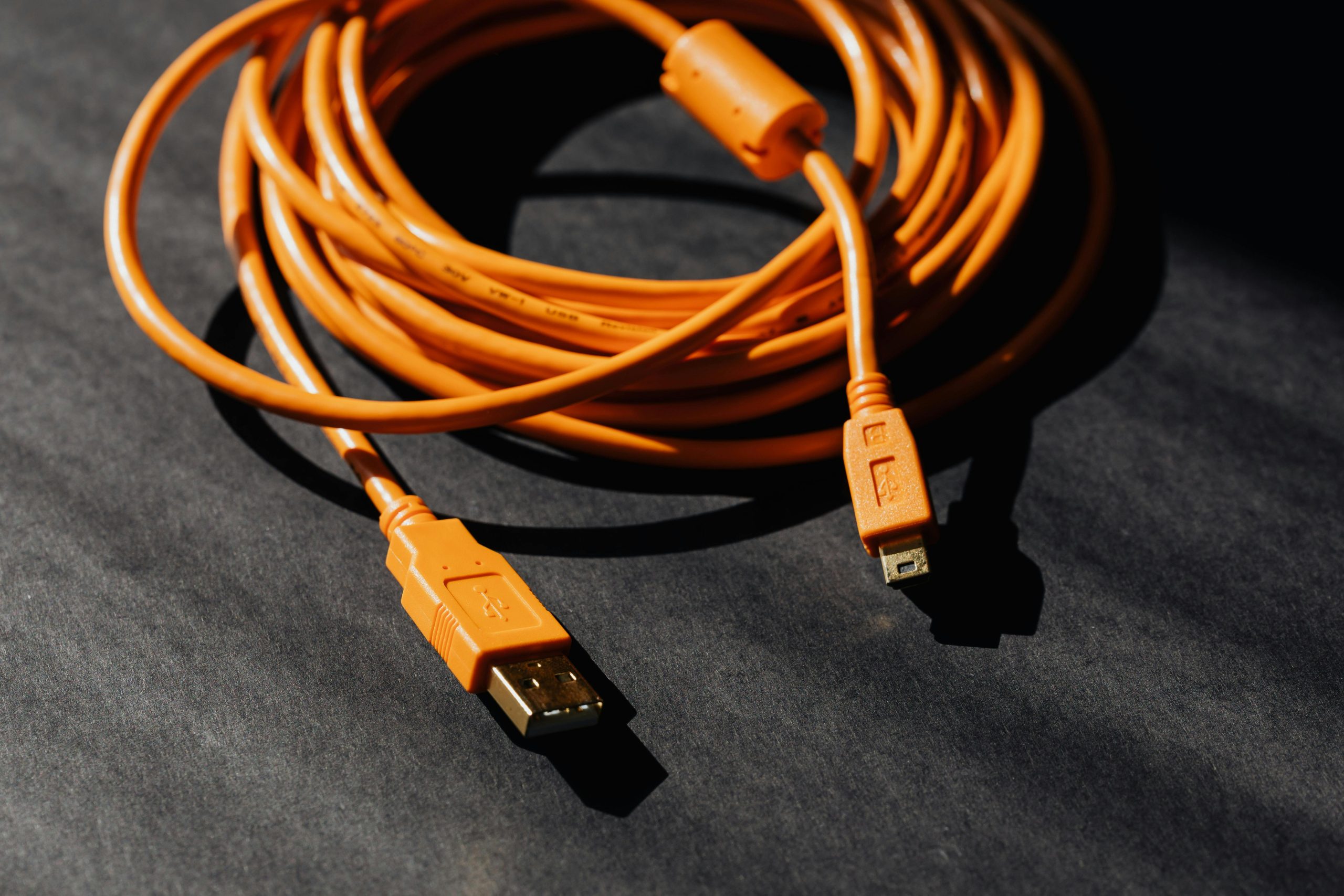Troubleshooting Performance Issues in the Dell OptiPlex 3080 Micro After CMOS Battery Replacement
Recently, users of the Dell OptiPlex 3080 Micro have reported experiencing performance irregularities following maintenance procedures such as CMOS battery replacement and thermal paste application. This article aims to provide insights into such issues and suggest possible diagnostic and corrective steps to restore optimal system performance.
Case Overview
A user encountered a sequence of problems with their Dell OptiPlex 3080 Micro. Initially, the device powered on but failed to display output, and ultimately ceased powering on altogether. This behavior was resolved after replacing the CMOS battery and reapplying thermal paste to the CPU. Post-repair, the device powered up normally; however, the user observed significant lag and stuttering when opening new browser tabs or playing videos.
Potential Causes and Diagnostic Suggestions
-
Residual Hardware or Firmware Issues
The initial failure to boot might have been related to CMOS settings or BIOS corruption caused by the depleted CMOS battery. Replacing the battery likely reset BIOS configurations, but might also necessitate BIOS reconfiguration or updates for optimal performance. It’s advisable to access the BIOS setup during startup and verify that settings such as memory timings, boot order, and integrated peripherals are correctly configured. -
Thermal Management and Cooling
Reapplying thermal paste is essential for proper CPU cooling. If the thermal interface material wasn’t applied correctly or if airflow is obstructed, thermal throttling could cause lag during resource-intensive tasks like video playback or opening multiple tabs. Ensure that the CPU heatsink is properly seated, thermal paste is applied evenly, and internal airflow is unobstructed. -
System Hardware Integrity
During maintenance, components like RAM modules might have become loose or improperly seated. Reseating the RAM, ensuring all connectors are firmly in place, and checking for any physical damage can prevent performance bottlenecks. -
Software and Driver Updates
Post-maintenance, outdated or corrupted drivers may cause system instability. Verify that all device drivers, particularly graphics and chipset drivers, are up to date. Also, consider updating the system BIOS to the latest version provided by Dell. -
Resource Monitoring and Diagnostics
Use built-in system monitors or third-party tools to check CPU, RAM, and disk usage during lag episodes. This helps identify if any component is underperforming or overheating.
Recommendations
- Restart the system and enter BIOS to restore default
Share this content:



